How many ice cubes are appropriate for ice hands to make coffee? What is the ratio of standard powdered water to iced hand coffee?
Guangzhou can not be said to be very hot these days, it can only be said to be on a par with the Fire Mountain, and even the health baristas in the store have started drinking ice drinks. Recently, many coffee shoppers went to the store to learn about the problem of ice hand brewing, and more of them asked how much ice hand needed to make coffee.

What is the role of ice cubes in ice hand brewing coffee?
Ice hands do not use ice water to make coffee, but, like hot hands, use hot water to make coffee. After all, the extraction efficiency of hot water is much higher than that of ice water, and the aroma of many coffee needs hot water to flush out. So the first function of ice cubes is to cool down, adding ice cubes to freshly brewed hot coffee to become iced coffee.

The second effect (side effect) is to dilute the coffee liquid, and because of this, we need to include ice in the total amount of water injected. Believe it, if we brew it according to the proportion of powdered water washed by hand (1:15), and then add ice to cool it, the concentration of this pot of iced coffee will become low and taste as light as water.
So determining how much ice is added depends on two points, whether the amount of ice can achieve a cooling effect, and whether the coffee concentration after melting ice is appropriate.
How much ice is added to the front street when the ice flushing hand is flushed?
Qianjie uses 15g coffee powder when brewing coffee with a powder-to-water ratio of 1:10, that is, 15g coffee powder brewing 150g hot water, plus 100g ice to cool and dilute. In the choice of ice cubes, 25 cubic centimeters of homemade ice cubes are used in Qianjie (the water source is Nongfu Spring). Basically, each ice cube weighs about 25 grams, so you can use 4 ice cubes at a time.
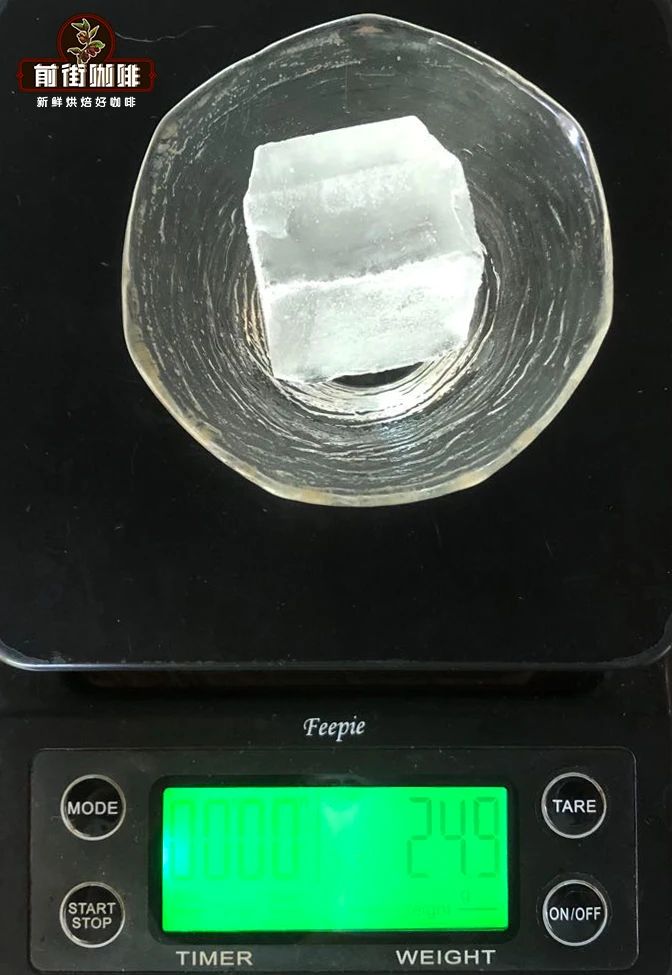
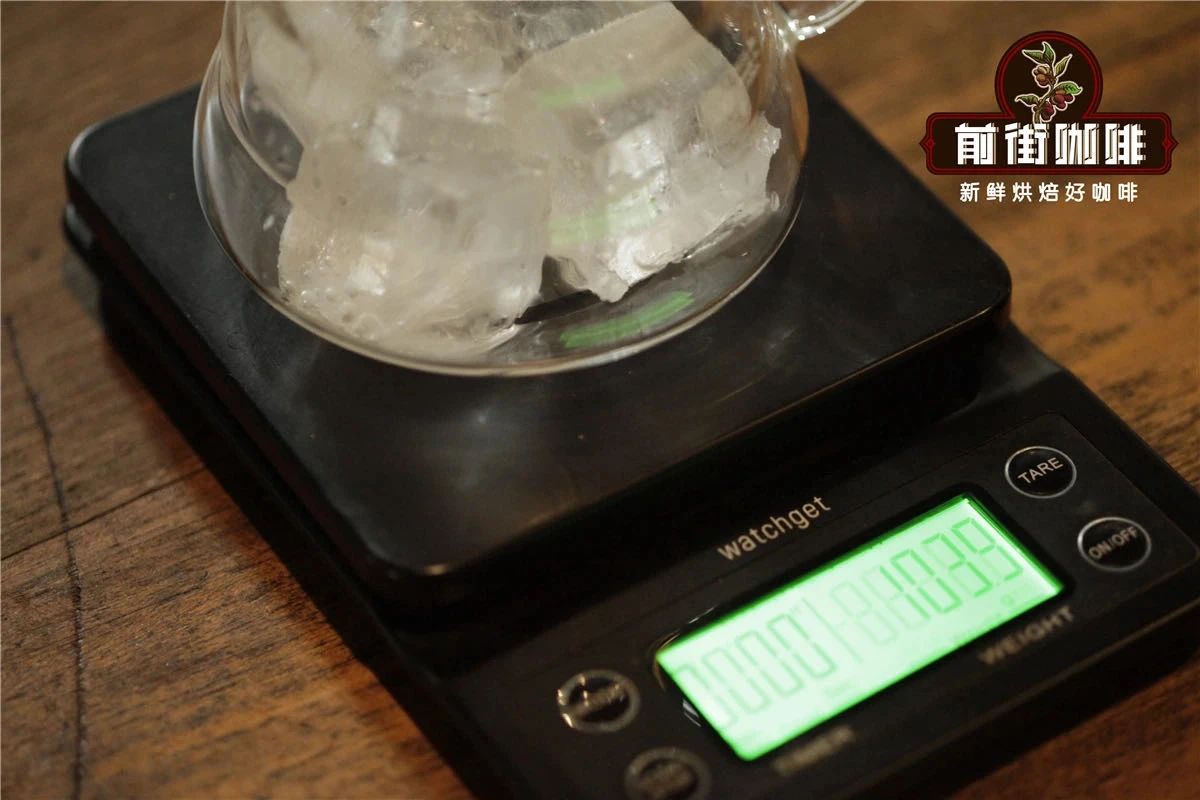
In the previous scheme of brewing iced coffee in the street, if the weight of ice cubes was added, the ratio of powder to water was 1VR 16.7, wouldn't it be very light? In fact, not, when brewing ice hand coffee, the degree of grinding of coffee powder will be slightly finer than the hot, 20 standard sieve pass rate of 85%, so that the extraction of coffee substances will be a little more. In many cases, 100g of ice cools the coffee and does not melt completely, leaving about 20g of ice. So the actual concentration is in the appropriate drinking range.
Qianjie does not think it is necessary to remove the remaining ice cubes. Think back to the ice cola you drank at a famous global fast food chain. There is still a lot of ice cubes in the cup after drinking. This shows that when the temperature is low enough, the ice melts very slowly, and many people feel the same way. Ice cola without ice has no soul, and so is iced coffee.
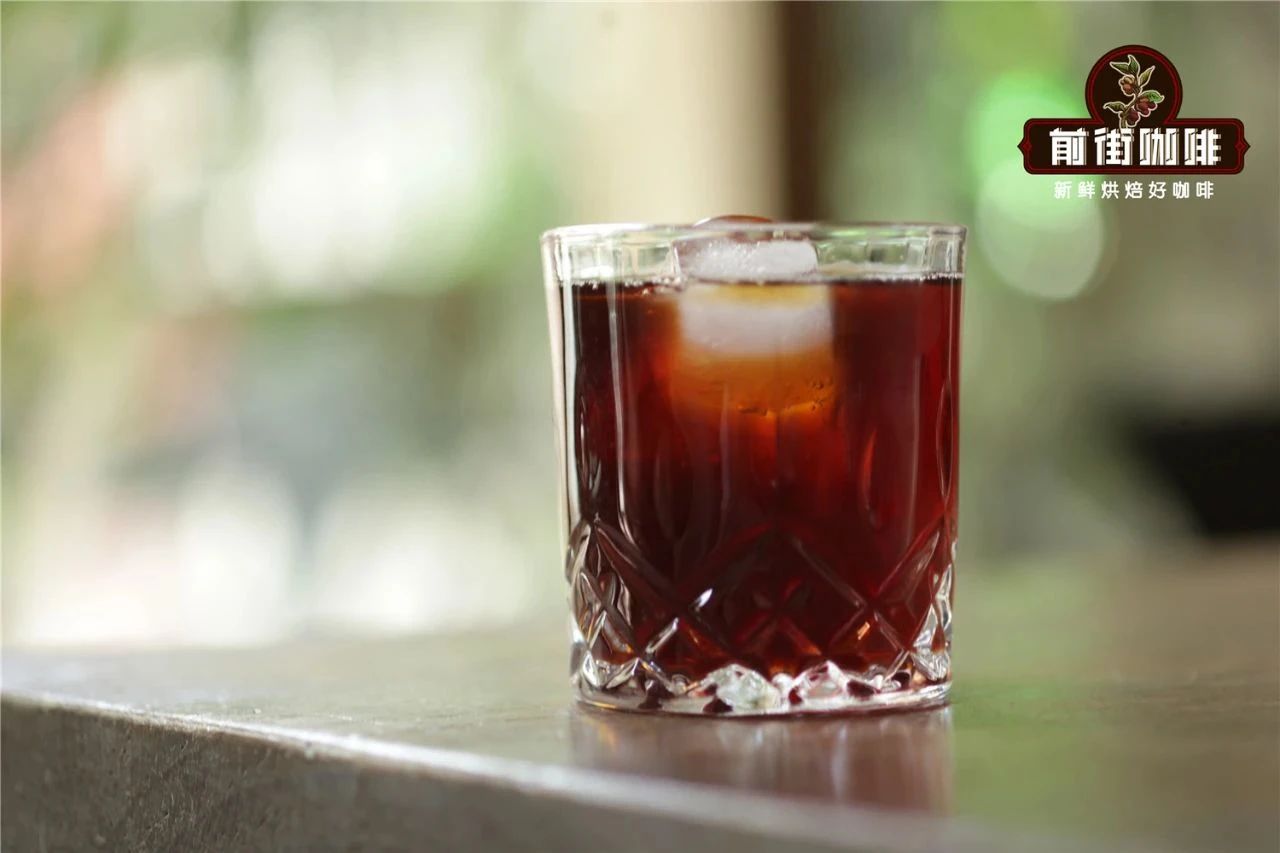
When will the ice be added?
There are two ways to add ice, one is to add ice first, that is, add ice in the pot, and in the brewing process, the coffee keeps in contact with the ice to cool down. The other is to add ice, that is, after brewing hot coffee, and then add ice to cool down.
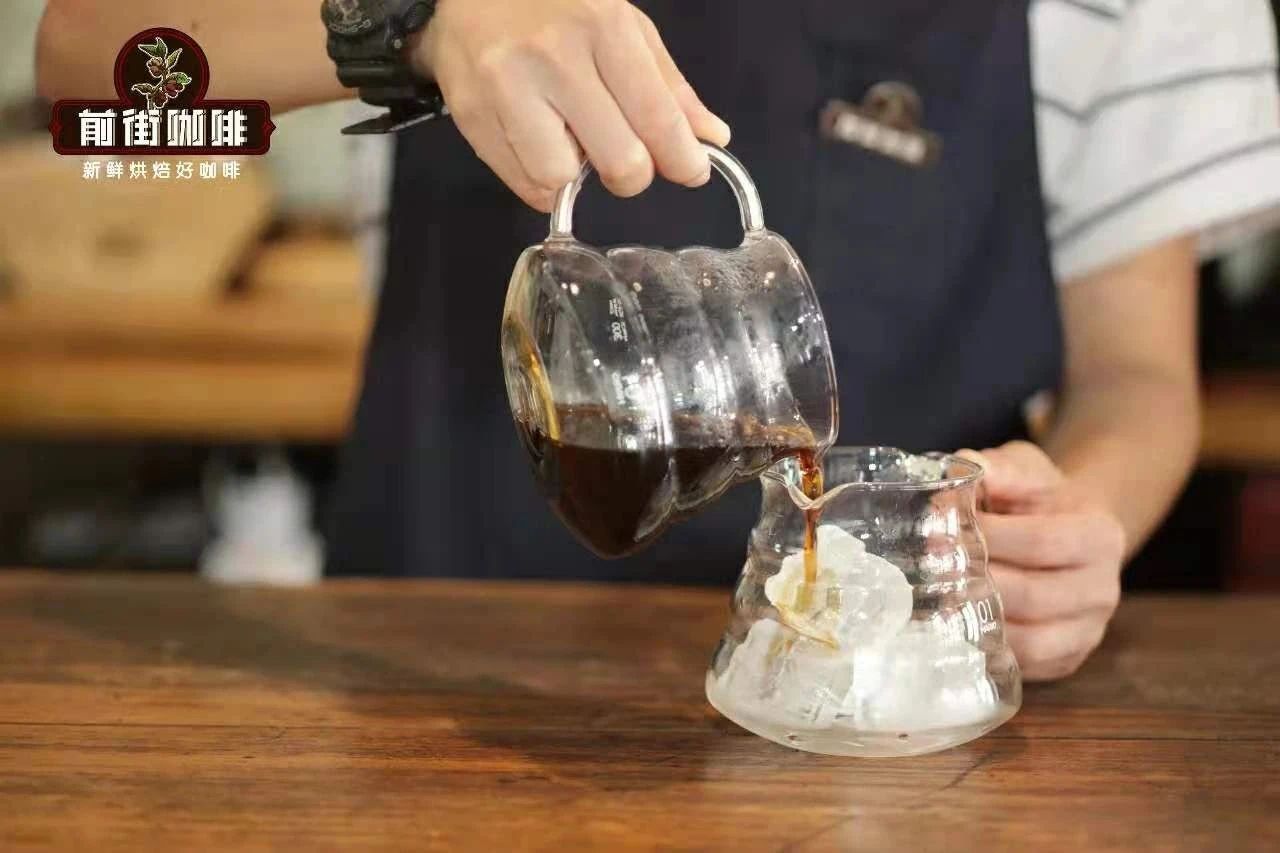
The two methods have little difference in the flavor of coffee, but the coffee with ice first will look cleaner and refreshing, and then the aroma will be more concentrated and more varied when tasted. So neither of these two ways of releasing ice is a problem.
There are also some friends who ask, in order to prevent the coffee from melting too much, can we make iced hand-made coffee by passing the ice?
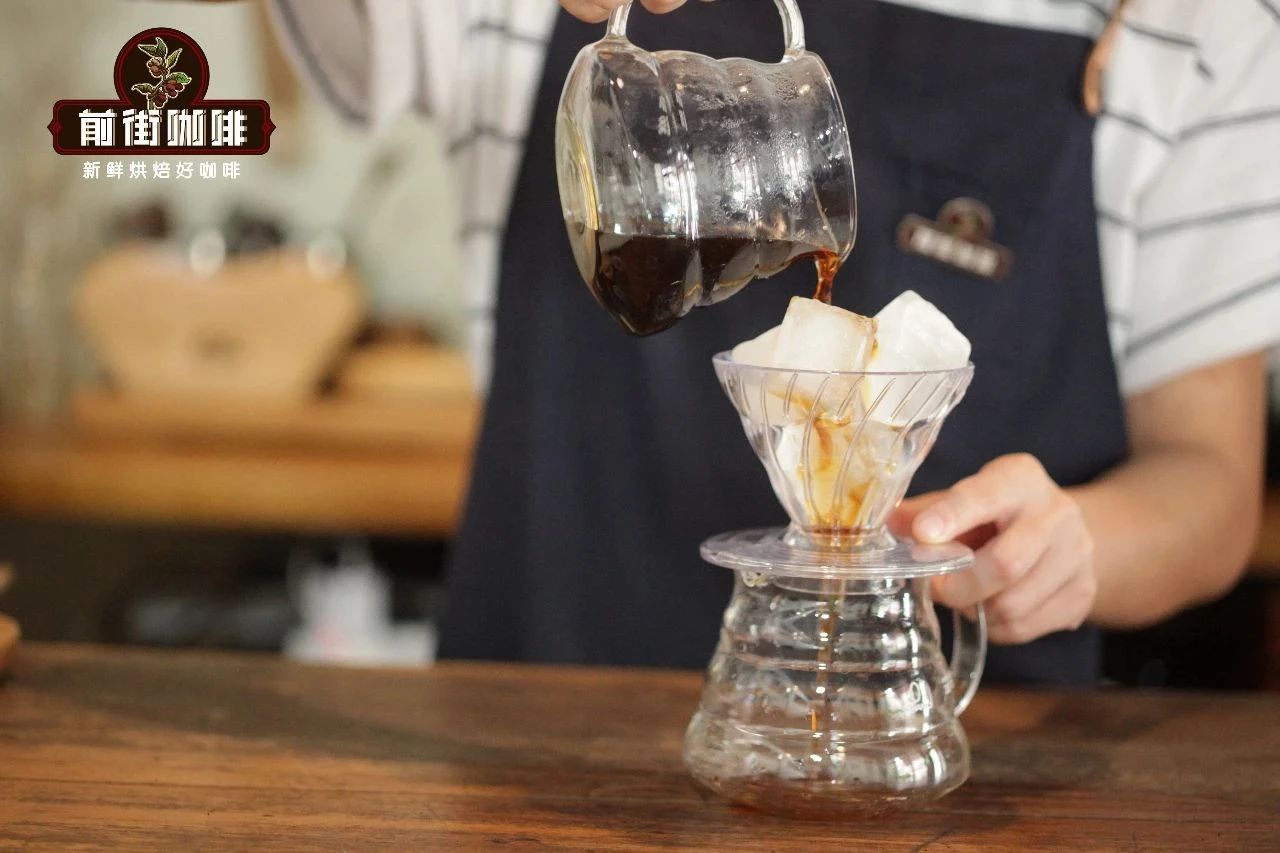
Of course, Qianjie has also tried this kind of production method, using coffee liquid to wash ice cubes to cool down quickly, it can well show the flavor of coffee, but also because of the hardness and volume of ice cubes, the amount of melting is different each time, which makes the product unstable.
Important Notice :
前街咖啡 FrontStreet Coffee has moved to new addredd:
FrontStreet Coffee Address: 315,Donghua East Road,GuangZhou
Tel:020 38364473
- Prev
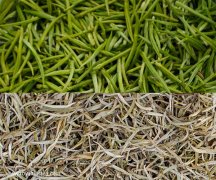
What kind of white tea is green tea? What are the characteristics of white tea and how to drink it correctly?
Chinese white tea is one of the six traditional Chinese teas. It is a micro-fermented tea. Compared with the other five teas, its production process is the most natural and has the least steps. It is mainly produced in Fujian and Yunnan. The finished tea leaves are covered with a layer of white fluff, so they are called white tea. 1. Chinese white tea history as early as the Tang Dynasty (AD 618-907), Lu Yu's "tea classics" in the record of white tea
- Next

A brief history of tea origin stories and culture About the basic origins of tea Where did the knowledge originate
As far away as South Asia, in India, there is a story about tea: tea was discovered by Bodhidharma (AD 460 - 534). Born near Chennai (formerly Madras) in modern South India, Bodhidharma was the ancestor of Zen Buddhism. Rumor has it that he faced the wall for nine years, didn't sleep, didn't sleep, and meditated; one day he felt drowsy.
Related
- Beginners will see the "Coffee pull flower" guide!
- What is the difference between ice blog purified milk and ordinary milk coffee?
- Why is the Philippines the largest producer of crops in Liberia?
- For coffee extraction, should the fine powder be retained?
- How does extracted espresso fill pressed powder? How much strength does it take to press the powder?
- How to make jasmine cold extract coffee? Is the jasmine + latte good?
- Will this little toy really make the coffee taste better? How does Lily Drip affect coffee extraction?
- Will the action of slapping the filter cup also affect coffee extraction?
- What's the difference between powder-to-water ratio and powder-to-liquid ratio?
- What is the Ethiopian local species? What does it have to do with Heirloom native species?

